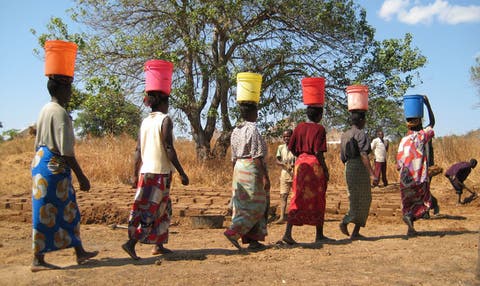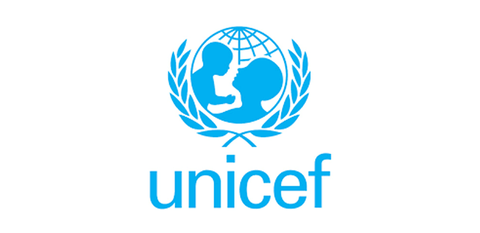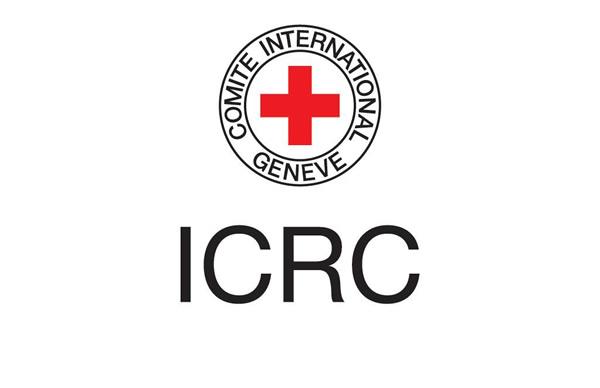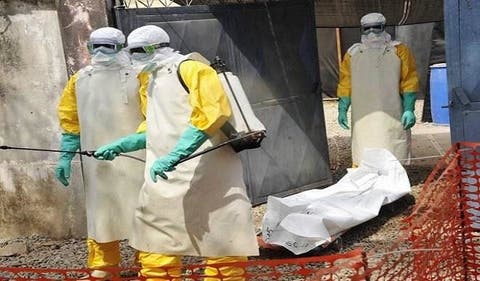
The Unguwan Jacob Boyi, Nok community of Jaba Local Government Area, Kaduna State, says their only source of water for ages was a spring at the top of 1,829-metres-high rock above sea level.
The residents told the News Agency of Nigeria at Nok on Monday that the community has an estimated population of 2,600 residents.
A NAN correspondent visited the community of the famous Nok civilisation to assess the impact of Sanitation, Hygiene and Water in Nigeria, Phase II Project.
One of the community leaders, Mr Dan Tasha, explained that residents call the source of the water “Dzyek’’ (water from the ground in the local language), while the rock is called Sang Boyi.
Tasha explained that the community was situated on a rocky ground, which made digging of wells impossible, thereby forcing people to rely on the water from the rock for drinking, cooking and other domestic uses.
One of the residents, 25-year-old Mary Yangs, said it takes about an hour to climb up and down the rock, adding that one has to climb five to seven times to get enough water for the family.
Yangs said that the task was very difficult and risky, particularly when climbing down with water on one’s head because of the slope.
“Women and young girls fall down on several occasions with water on their heads while trying to descend the sloppy rock.
“Because of the difficulty in coming down, only adults, predominantly women and young girls, undertake the herculean task of fetching water for their families.
“I grew up seeing how my people suffered trying to get water and I joined in the suffering when I turned 14.
“Life is very difficult for everyone in the community, particularly children and young persons while growing up, because of the difficulty in accessing water, not even clean water, just water,” she said.
She, however, said that their story had changed two years ago, when a motorised solar-powered borehole was built for the community by UNICEF, DFID and the Kaduna State Government under the SHAWN project.
“The borehole has changed our lives in a way you would never imagine. Now we have access to clean water any time of the day and with ease. We remained grateful to UNICEF and her partners for coming to our rescue,” she added.
Another woman, Mrs Christiana Joshua, said she got married into the community 30 years ago, stressing that until two years ago, the rock is the only source of water, particularly during rainy season.
“During raining season, we collect rainwater or fetched from a pond at the base of the rock, but during dry season, the pond gets dry and when that happens, we fall back to the rock for our water needs.
“Sometimes we spend the whole day on the rock waiting for our turn because of the long queue, as all roads in the entire Nok community leads to the rock for water during dry season.
“Sometimes we spent the night on the rock so we could get water in the early morning hours.
“It was so bad for us all. In fact, I began labour for my first child on top of the rock trying to get water after waiting on the queue for eight long hours,” Joshua said.
She added that there are times when women could not cook, because they are up the rock struggling to get water.
“But all the years of suffering has ended. The motorised borehole has changed our lives in significant ways that words could not describe,’’ she said.
Similarly, Mrs Victoria Markus, a mother of five, equally described her experience as a horrible one, saying “while descending with water there is a particular spot that we all had to sit and crawl on our buttocks to avoid falling.
“You can imagine that, and with water on our heads. It was such a terrible experience, but thanks to UNICEF the situation has changed and our lives had been upgraded with access to clean water at any time of the day,” Markus said.
But while the people of Unguwan Jacob Boyi in Nok climbed rock to get water, those of Unguwan Bello, also in Jaba local government area, was a two kilometres walk to a river to fetch water for consumption and other family needs.
Ms Christiana Luka, a 17-year-old secondary school girl in the community, said she goes to the river as early as 6am to fetch water and usually go there five times before getting enough for the family to use in the morning.
“We became habitual late comers because of the distance and after returning from school, we will go again several times before resting.
“This was our circle of life until in 2017 when UNICEF built a hand borehole for our community and ended our years of suffering,” Luka said.
Mrs Pricilla Solomon, a housewife, equally noted the difficulty of getting water from the river, which she said put the community at risk of snake bite because of thick bushes along the way.
“We encountered snakes on several occasions on our way to the river and had to turn back. Sometimes, we fell with water on our heads due to the slippery nature of the road.
“We really thank UNICEF, DFID and Kaduna State Government for bringing clean water right to our door step and ending our suffering,” she said.
SHAWN II project is aimed at improving access to sanitation, hygiene and water supply to all citizens through eradication of open defecation, handwashing promotion, sanitation and provision of water facility.
It is being funded by United Kingdom’s Department for International Development and UNICEF with counterpart funding from the state governments of Kaduna, Katsina, Zamfara, Benue, Bauchi and Jigawa.
(NAN)











